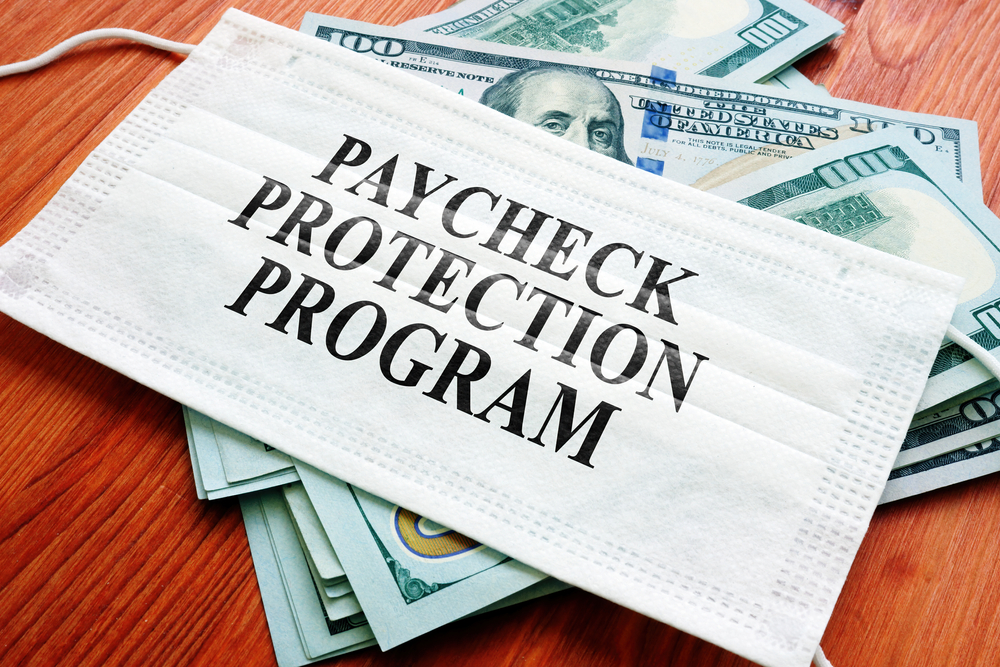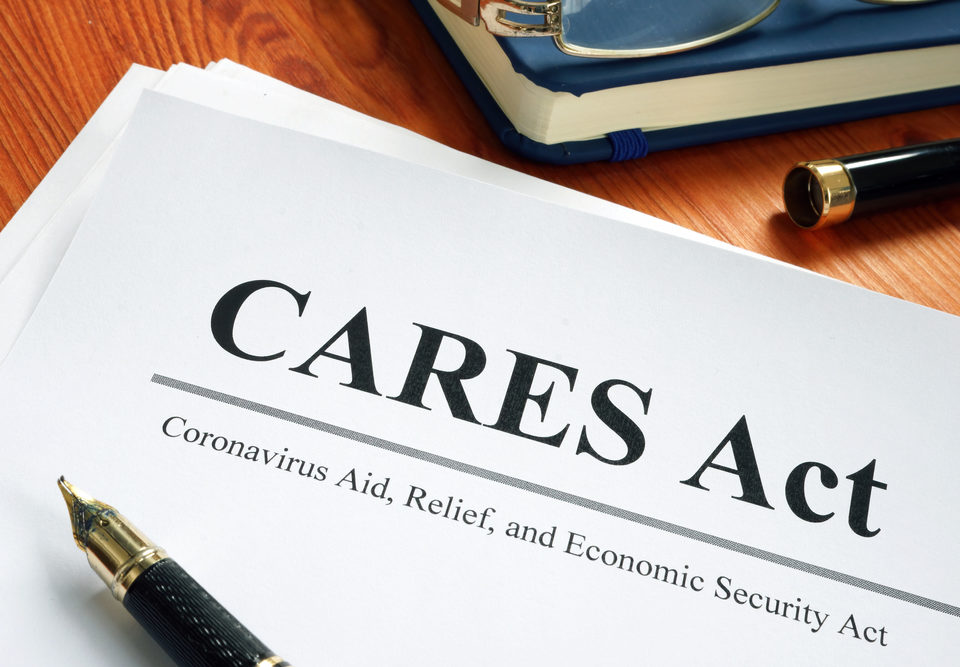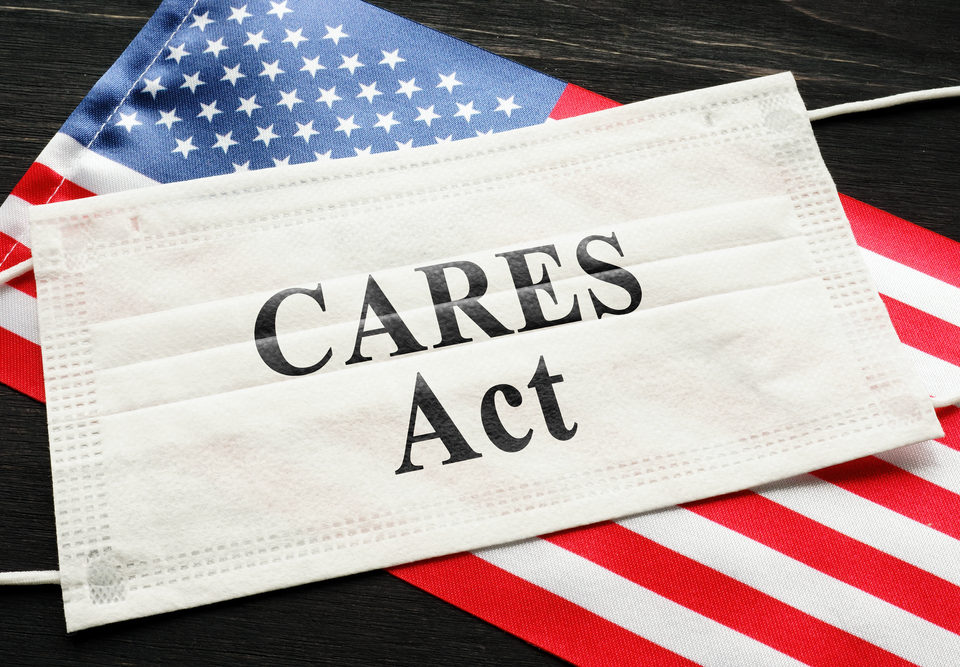
What is the Deadline for CARES Act Funding?
October 23, 2020
Where Can I Spend My CARES Act Funding?
October 25, 2020How is the CARES Act Supporting Small Businesses?

What is the CARES Act Provider Relief Fund?
Where Can I Spend My CARES Act Funding?
What is the Deadline for CARES Act Funding?
If you own a small business, there is a very strong likelihood that your business has been negatively impacted by COVID-19 and its effects. Fortunately, the United States government has taken notice of the challenges facing small businesses during these unprecedented times. As a result, it has created the Coronavirus Aid, Relief, and Economic Security (CARES) Act, which includes several different programs and funding possibilities designed to assist small businesses that find themselves struggling.

Paycheck Protection
Perhaps one of the best and most helpful provisions under the CARES Act, the Paycheck Protection Program offers small businesses the chance to take out a loan to assist them during these trying times.
In order to be eligible, the business needs to have 500 or fewer employees, though there are some exceptions to this rule, particularly for those in the restaurant or hospitality industries. Furthermore, the business needs to have been in operation as of February 15, 2020.
Under this program, qualifying businesses can borrow up to a maximum of $10,000,000. However, various rules determine how much a business is eligible to borrow, and many businesses can expect a much smaller loan amount than the maximum. With that said, though, for many businesses that are struggling, any assistance is better than no assistance at all!
Even better yet, there is an excellent chance that a business may be able to have some or even all of its loan debts forgiven. If an amount or total amount is not forgiven, however, the loan terms can extend to ten years with a maximum interest rate of 4%, which is much better than many other types of loans a business might pursue in order to stay afloat during these times.
To have loans forgiven, you simply have to meet the eligibility requirements, which include verifiably spending your loan funds in approved ways, and then apply for forgiveness.
Speaking of approved spending, the money acquired can be used in a variety of ways, including to pay:
- Payroll expenses
- Interest on debts incurred before coverage began
- Continuation of certain group health care benefits
- Rent and utilities
- Employee salaries
- Employee commissions
- Business mortgage interest payments
Providing you use your funds appropriately and meet all other requirements of forgiveness eligibility, you can apply for it through your lender as long as you have proof of the number of payroll employees, proof of their pay rates, or documentation that verifies any other approved use of loan funds as described above. This information must be certified by an authorized professional in order to be accepted.
With that said, as long as you do everything in line with the rules and requirements set forth by the CARES Act, which you should review carefully, there is a good chance that you will not have to pay back the funds you receive, or at least that you will not have to pay back a large portion of them, which makes this option an even better choice for many businesses.
Economic Injury Disaster Loans
If you qualify for an economic injury disaster loan, you could also potentially qualify for an emergency economic injury grant, which can offer up to $10,000 to small business owners who have been affected by COVID-19.
However, you can’t qualify if you don’t first apply for an economic injury disaster loan and gain approval. The reason for this is that the grant is basically an ‘advance” on the loan you will receive.
The good news, however, is that you do not have to repay the advance amount and that you can use it in a variety of approved ways. These include:
- Maintaining employees
- Business rent or mortgage payments
- Sick leave payments
- Paying business debts
- Paying for production costs that have been increased due to COVID-19 and its effects.
The Small Business Debt Relief Program
Small businesses may also be able to seek help if they are having difficulty meeting loan obligations as a result of COVID-19 and its impacts. Under the CARES Act, the Small Business Administration may offer relief via subsidies for certain approved or “covered” loans.
You are considered to have a covered loan and thus to potentially be eligible for subsidies if you have an existing:
- Loan through the Community Advantage Pilot Program
- Microloan product
- 504 loan
If your loan is eligible, the principal, interest, and fees may be taken care of for you by the Small Business Administration for up to six months.
The Bottom Line
As you can see, the American government has really stepped up and provided options for relief and assistance. The key is simply to take advantage of all of the options available to you. By doing so, you may just be able to help your business survive and recover from the pandemic.




